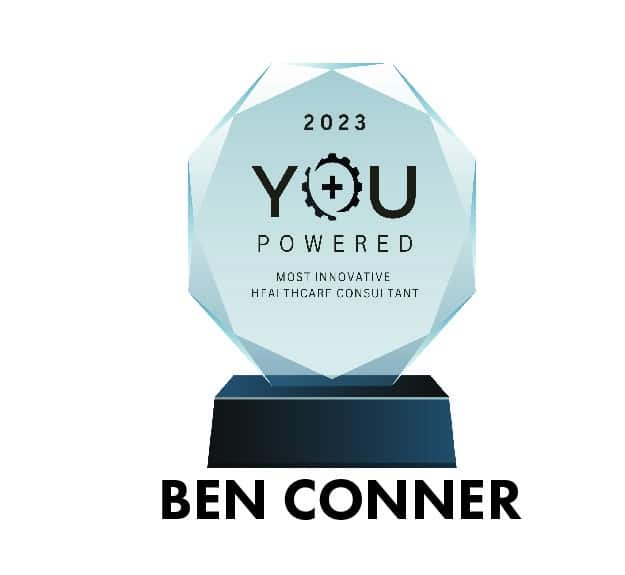Hospital profits in Indianapolis were high, study finds. Why that’s not good for us

Hospitals in central Indiana enjoy a higher profit margin than those elsewhere because they overcharge insurers, which results in employers and consumers paying more for care than they should, a recent study concludes.
The study, published last month in the International Journal of Health Economics and Management, used a publicly available database to calculate margins for the four major non-profit hospital systems in Indiana. Each one had margins higher than 10 percent, with Franciscan Health showing the highest, a 20 percent margin, according to the study.
From 2013 to 2017, three of these hospital systems – Franciscan Health, IU Health and St. Vincent – together made nearly $8 billion, a 23 percent margin, said Michael Siebold, the study’s author, a healthcare consultant based in Tucson.
By contrast, most other non-profit hospitals in the United States operate at a 2 to 3 percent profit margin, Siebold said. Because one insurer, Anthem, has 70 percent of the market share of health insurance plans in Indiana, one might expect it to control prices better, he added.
“They’re making too much money,” Siebold said. “It’s like an ATM. They don’t earn anything for it. They just raise their charges.”
Many in the healthcare industry, however, question the article’s conclusions as well as the manner in which it arrived at them.
Local hospital executives say that, if anything, negotiating power rests with local insurers. They also questioned some of the study’s methodology.
Keith Lauter, chief financial officer of Franciscan Health Central Indiana, laughed at the notion that the hospital systems hold all the cards when it comes to working out rates with insurers.
“That does not ring true,” he said. “Our negotiations with the large companies such as United and Anthem are extremely challenging. They’re very tough negotiators…. We do not feel like we have an advantage in terms of leverage in negotiating power.”
The report expands upon a 2017 Rand study that found that Indiana’s hospitals charge employers three times as much for certain outpatient services as they do Medicare.
However, questions have also been raised about that study, said Brian Tabor, president of the Indiana Hospital Association. Tabor added that he also has some questions about many of the comparisons the recent study in arriving at its conclusions.
“Typically when you look at a study like this, you like to have apples to apples and this is kind of a whole fruit salad,” he said. “A lot of things are lumped together in a way that seems to drive a narrative. I have a lot of questions about the methodology here.”
Siebold, who spent 12 years as a board member of the American Health Network, a large local medical group, said that he, too, had questions for many years – about why payment rates for Indiana hospitals are so high. American Health Network, now a subsidiary of Optum Care, helped fund the study that allowed him to try to answer those questions.
The most pressing question for Siebold remains unanswered: Why insurers and employers in Indiana allow this to happen.
“I refer to central Indiana healthcare as an old boys network, where everybody kind of knows each other,” he said. “If I were an employer in central Indiana, I would be furious about this. I don’t know why the employers are not madder now.”
Insurers could cut their rates tomorrow, he said, and the hospitals would still do just fine.
That’s not the way the hospitals see it.
While Seibold says that non-profit hospitals only need about a three percent profit margin, Franciscan’s Lauter said that non-profit hospitals really need a margin closer to 4 to 5 percent.
The data that the study used also included not just profit margins but also investment income not just for the hospital but also for all the joint ventures in which it is involved, Lauter said. Franciscan, for instance, has about a dozen joint ventures with a variety of partners. The study counted all the investment income earned rather than just Franciscan’s share.
“It said 20 percent in the study. It’s far far from that,” he said.
Excluding the investment income and joint venture piece, Franciscan has seen its profit margin steadily decrease over the past three years, going from 5.2 percent in 2015 to 4.3 in 2016 to 1.3 percent last year, Lauter said.
Industrywide, hospitals have seen their income decrease in recent years because of declining volume and reimbursement, hospital officials agree.
High deductible plans discourage people from using non-essential care. As the baby boomers age, many formerly on commercial insurance transition to Medicare, which reimburses at a lower rate. The cost of drugs and healthcare supplies has risen. Weakening of the Affordable Care Act has also contributed as more people lack insurance to pay for their care.
“Pressures are increasing on hospitals to reduce costs and restrain pricing, making it more difficult to maintain operating margins,” said Ryan Kitchell, executive vice president and chief administrative officer of IU Health in an emailed statement.
IU Health also provides $250 million a year in uncompensated care, more than any other hospital system in the state. To cover the cost of that care, the hospital must pass on the cost to commercial insurers and those whom they cover, Kitchell said.
Commercial insurers should not bear the blame for high hospital costs, those involved with that industry counter.
Instead, the large percentage of self-insurance here helps shape the dynamics at play, said Mike O’Brien, executive director of the Indiana Association of Health Plans.
As much as two-thirds to three-fourths of the market is self-insured, meaning that they work for an employer that assumes the financial risk of providing care for employees. According to the, Indiana is one of only two states – the other Nebraska – where more than 70 percent of workers have health insurance through self-insured plans.
Employers may find themselves under pressure from employees to provide a range of options. which puts the hospitals in the drivers’ seat, O’Brien said.
“This results in less leverage to the employer,” he said. “Huge consolidated hospital networks have a lot of negotiating power…. The employee wants their hospital or their doctor and you take a lot of that negotiating pressure that you could put on price and then you take it off the table because employees demand a large network.”
Similarly, third-party insurance plans in Indiana have not embraced narrow networks, which limit consumer choice of where to seek care. Narrow networks are more common in other areas, where they may keep costs down, the hospital association’s Tabor said.
Indiana also has been slower than other markets to move to value-based contracting, in which reimbursement is based more on outcome than on volume. That, too, could lead to higher costs, he said.
Community Health Network has been taking steps to reduce costs for some of its patients, hospital officials say. Recently the hospital system helped start a management services organization which focuses on shifting from fee for service to a value-based model of care.
The organization, Primaria Health “represents a bold new model of healthcare delivery designed to tie payment for services to the quality of care provided, rewarding providers for both efficiency and effectiveness,” said the Network’s chief financial officer Kyle Fisher in a statement.
In addition, the hospital system is working with employersto offer Community Health Direct, a non-traditional network that provides care to employees of the hospital system and other entities such as the city of Fishers. Hospitals and insurers in Central Indiana have already started talking about ways to drive down costs, Tabor said.
“We look forward to having a conversation about how to create new models and reduce costs for everyone,” he said.
Original article from The Indianapolis Star.












